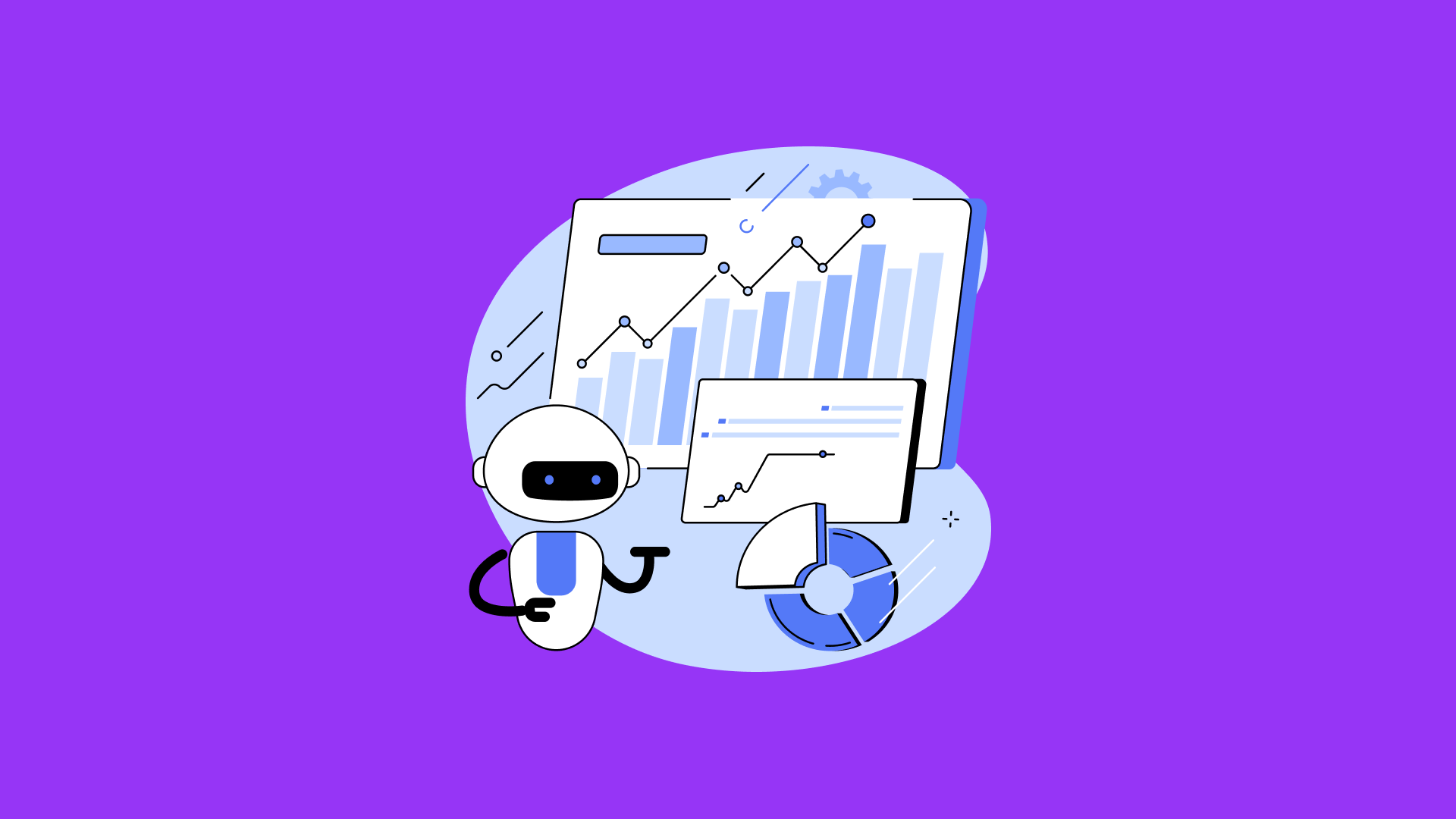ChatGPT: Future Innovations, Benefits and Risks
Mar 19, 2023 9586 seen
What is ChatGPT and Why Does it Matter?
ChatGPT is a large language model developed by OpenAI based on the GPT-3.5 architecture. It's an artificial intelligence program designed to simulate human-like conversation and respond to text-based input. The model was trained on a massive amount of text data, including books, articles, and websites, to develop a deep understanding of natural language.
ChatGPT is part of a broader trend of natural language processing (NLP) technology that has become increasingly advanced in recent years. By training a model on vast amounts of data, researchers can teach it to recognize patterns and relationships within language, allowing it to generate responses to text input that are increasingly sophisticated and human-like.
One of the key strengths of ChatGPT is its ability to adapt to different situations and contexts. The model is capable of generating responses that are contextually relevant and can even incorporate information from previous parts of a conversation to maintain coherence and continuity. This makes it an incredibly versatile tool for a range of applications, from customer service to language translation to personal assistants.
Another strength of ChatGPT is its ability to generate creative and engaging responses. Because the model is capable of recognizing and replicating patterns within language, it can generate responses that are both informative and entertaining. This has made it popular as a chatbot for customer service, as well as for generating personalized content for marketing campaigns.
However, it's worth noting that ChatGPT is not without its limitations. While the model is incredibly advanced, it still relies on patterns and data to generate responses. This means that it may not always be able to generate responses that are truly novel or creative, and it may struggle with certain types of language or contexts. Additionally, the model's ability to generate coherent and contextually relevant responses depends on the quality of the input it receives. If the input is unclear or ambiguous, the model may generate responses that are nonsensical or off-topic.
Despite these limitations, ChatGPT has already had a significant impact on the field of natural language processing and is being used in a range of applications across industries. It has the potential to revolutionize customer service, content generation, and even language translation. As the technology continues to develop, we can expect ChatGPT and other language models to become even more advanced and capable of handling increasingly complex tasks.
ChatGPT Possible Risks and Downsides
While ChatGPT is an impressive AI model that has been able to demonstrate remarkable abilities in natural language processing and conversational AI, there are some downsides to the technology. Some of these downsides include:
-
Biased outputs: One of the main concerns with ChatGPT and other language models is that they can sometimes generate biased outputs. This is because these models are trained on large datasets, which may contain biases and stereotypes. If the training data is biased, then the model will learn and replicate those biases in its outputs.
-
Limited knowledge: ChatGPT's knowledge is limited to what it has been trained on. While it has been trained on a vast amount of data, it may not have knowledge of specific or niche topics. This means that it may struggle to provide accurate or relevant responses to some queries.
-
Inability to reason or understand context fully: ChatGPT is not capable of true reasoning or understanding context fully, and it can only provide responses based on the patterns it has learned from the training data. This means that it may struggle with complex queries or ambiguous language.
-
High computing requirements: ChatGPT and other language models require significant computing power to run. This can make it difficult and expensive for some organizations to use the technology.
-
Limited ability to engage emotionally: While ChatGPT is capable of generating responses that are informative and entertaining, it is not able to engage emotionally in the same way that a human would. This can limit its effectiveness in certain contexts, such as therapy or counseling.
As with any technology, ChatGPT also has several risks to consider. ChatGPT learns from the data it is trained on, and if the data contains biases, the model will reflect those biases. This means that ChatGPT can perpetuate existing biases and stereotypes. Efforts are being made to mitigate this risk through careful selection and curation of training data, and ongoing monitoring of the model's output. ChatGPT can be used for malicious purposes, such as creating convincing fake news or impersonating individuals online. To prevent this, OpenAI has put measures in place to ensure that ChatGPT is used responsibly and ethically. ChatGPT processes large amounts of data, which may include personal information. There is a risk that this data could be leaked or hacked, potentially compromising individuals' privacy.
Overall, while ChatGPT has many advantages and has the potential to revolutionize the field of conversational AI, it is important to be aware of its limitations and potential downsides. By understanding these downsides, we can work to address them and ensure that the technology is used in a responsible and ethical manner.


